Lawn and Garden
-
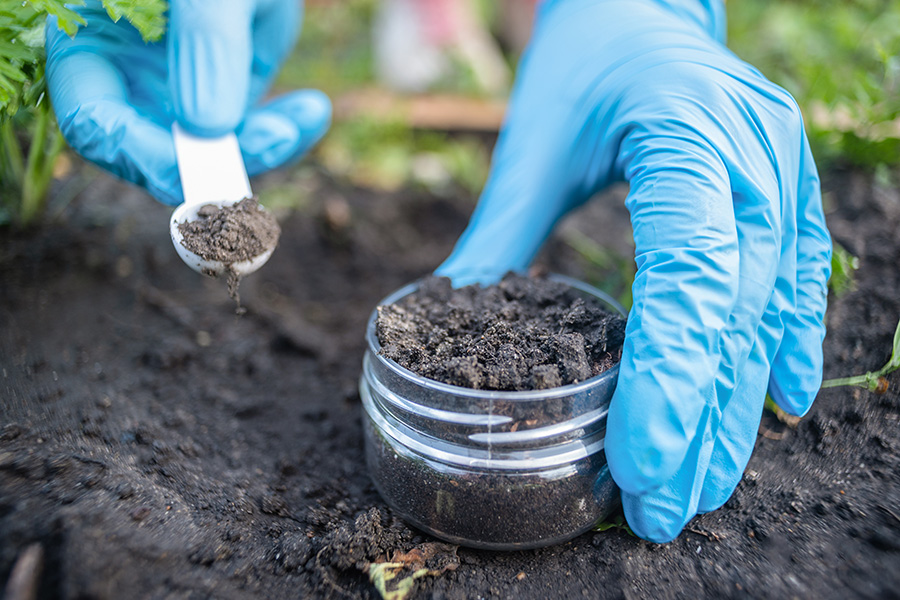
Developing and maintaining productive soils begin with soil testing. Soils tests provide information on the soil’s actual nutrient status. Test results are used to determine the amount and kind of nutrients that should be added for the best growth of lawn, garden, and other types of plants.
Jason Lessl
|
-
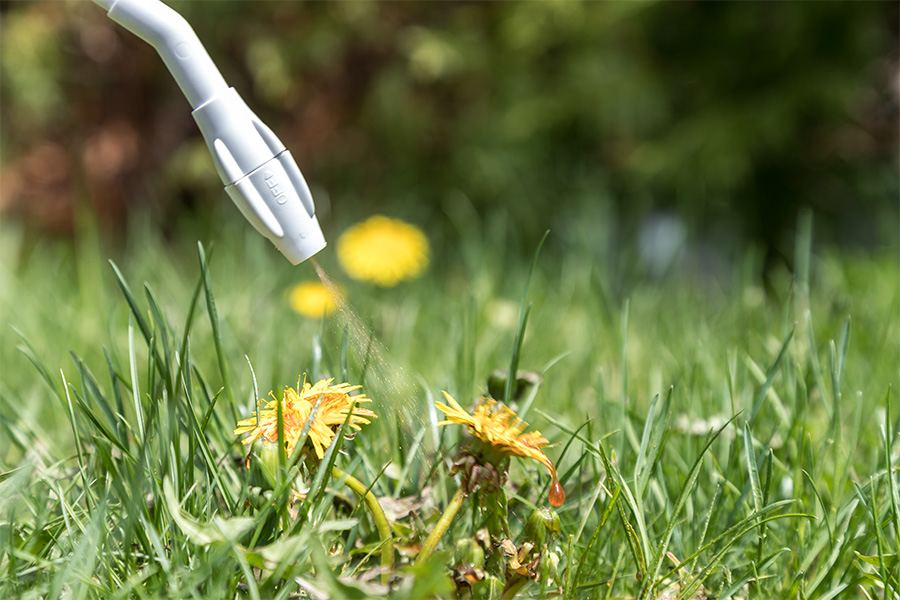
Weeds can be major pests of home lawns. Due to differences in color, leaf size, shape and growth habit, weeds detract from the natural beauty of desirable turfgrasses. Additionally, weeds compete with turfgrasses for sunlight, soil moisture, nutrients and space. Many weeds can quickly become the dominant species in a lawn. This publication contains comprehensive information about weed control in home lawns.
Clint Waltz and Patrick E McCullough
|
-
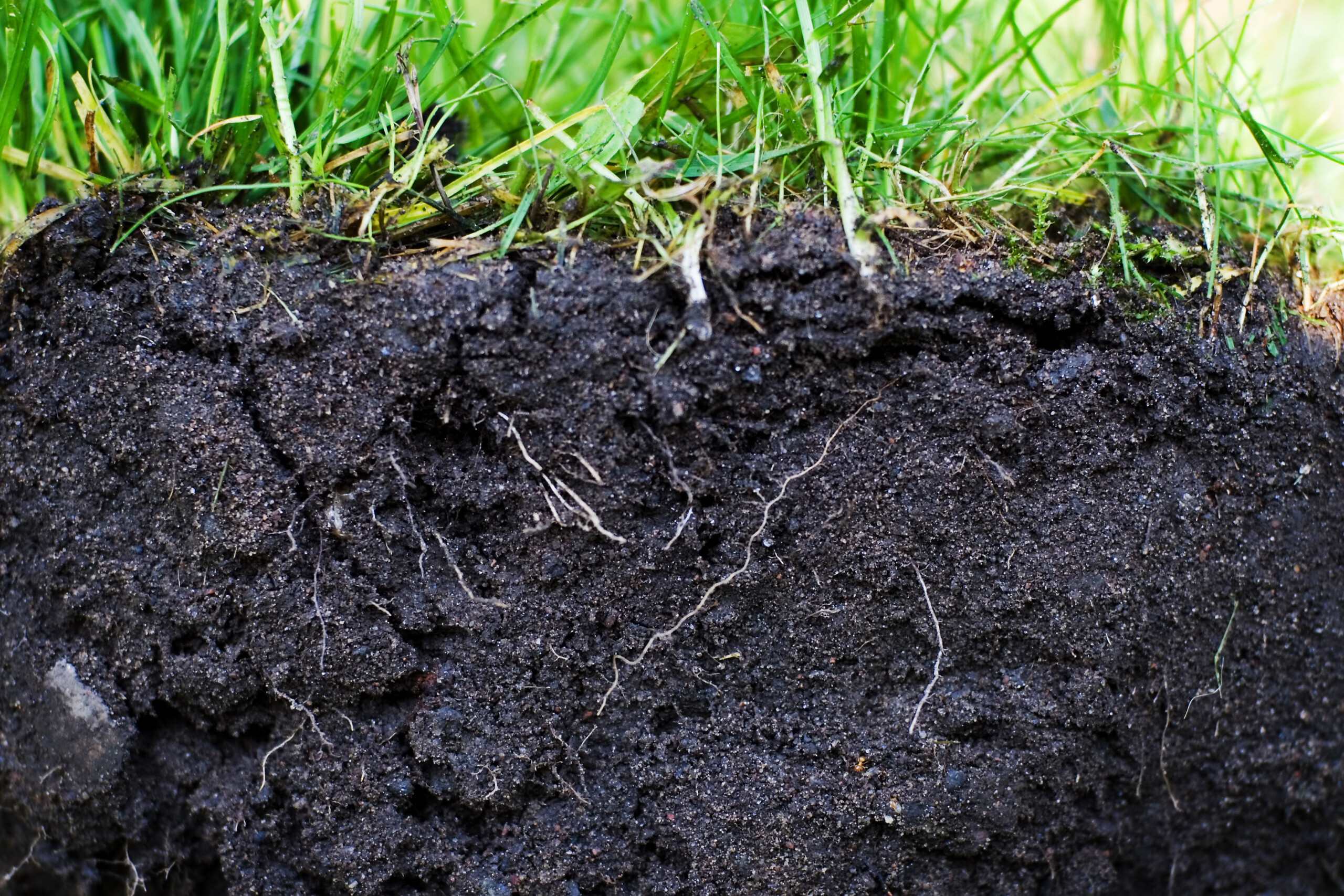
C 1299
Soil Organic Matter
Soil organic matter (SOM) is a complex mixture of plant and animal tissues, and plays an important role in the physical, chemical, and biological processes in the soil. This publication describes how SOM contributes to overall soil fertility, factors controlling SOM abundance, and what cultivation practices growers can use to increase SOM in their soils.
Miguel L. Cabrera, Daniel L. Jackson, Jason Lessl, and Josh Fuder
|
-

La bermuda es una planta perenne de estación cálida ampliamente utilizada para su uso como césped en el sudeste de los Estados Unidos.
[Although improved common (Cynodon dactylon (L.) Pers.) and hybrid bermudagrasses (Cynodon dactylon x C. transvaalensis Burtt-Davy) have desirable qualities as turfgrasses for heat, drought and wear tolerance, bermudagrass is a problematic weed when grown in mixed stands with other turf species. Selective control of bermudagrass is difficult but often warranted in order to maintain acceptable quality of the desired turfgrass species. This publication describes bermudagrass control methods for Southern lawns.]
Patrick E McCullough
|
-

La lespedeza común (Kummerowia striata (Thunb.) Schind syn. Lespedeza striata) es una leguminosa anual de verano sin organización en sus ramificaciones, que es una maleza problemática en céspedes de jardines residenciales así como en otras áreas de césped.
[Common lespedeza (Kummerowia striata (Thunb.) Schind syn. Lespedeza striata) is a freely branched, summer annual legume that is a problematic weed in lawns and other turf areas. This publication describes ways to identify and control Lespedeza in turfgrass, including cultural control methods, preemergence herbicides and postemergence herbicides.]
Patrick E McCullough
|
-
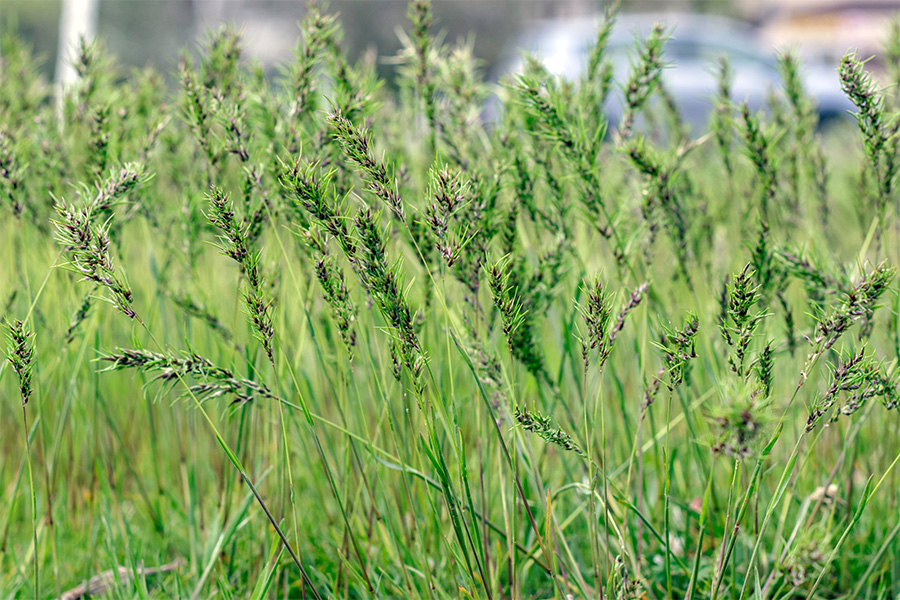
Annual bluegrass (Poa annua L.) is a problematic winter annual weed in residential turf. Compared to most turfgrasses, annual bluegrass has a lighter green color, coarser leaf texture and produces unsightly seedheads. Contrary to its name, both annual (live for one season) and perennial (live for many seasons) biotypes of annual bluegrass may be found in turf. This publication describes methods of control for annual bluegrass in residential turfgrass lawns.
Patrick E McCullough
|
-
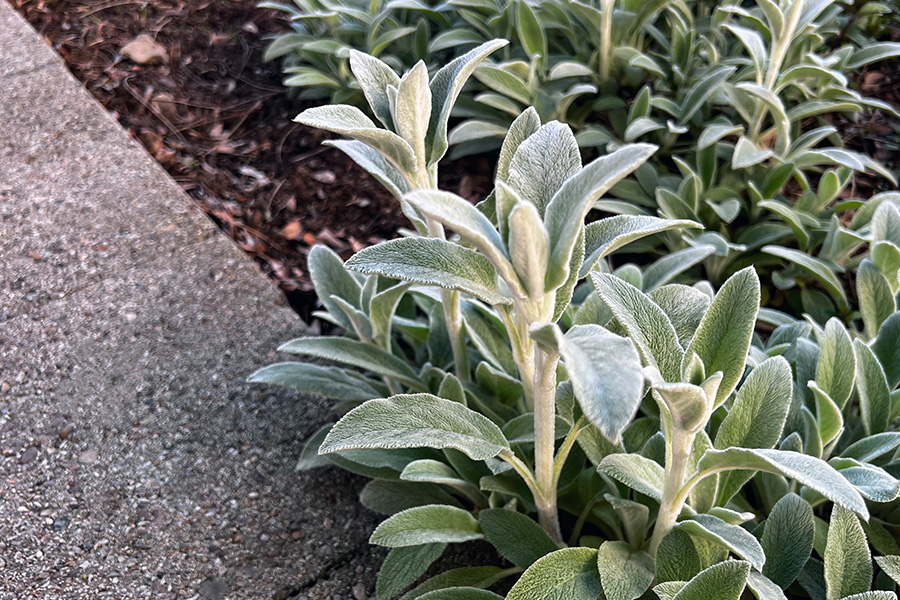
C 928
Ground Covers
Ground covers have many practical uses. Some can be used to control erosion when planted on slopes or banks. Others are effective lawn substitutes in areas that are too shady to support the growth of grasses or areas that are difficult to mow. Densely growing ground covers also effectively control weeds by blocking light from reaching the ground. Some ground covers can be used as attractive accents in areas too narrow to accommodate shrubs. One of the most common reasons for using ground covers is to reduce costly and
time-consuming maintenance, such as mowing, edging, trimming and mulching.Bodie V. Pennisi
|
-
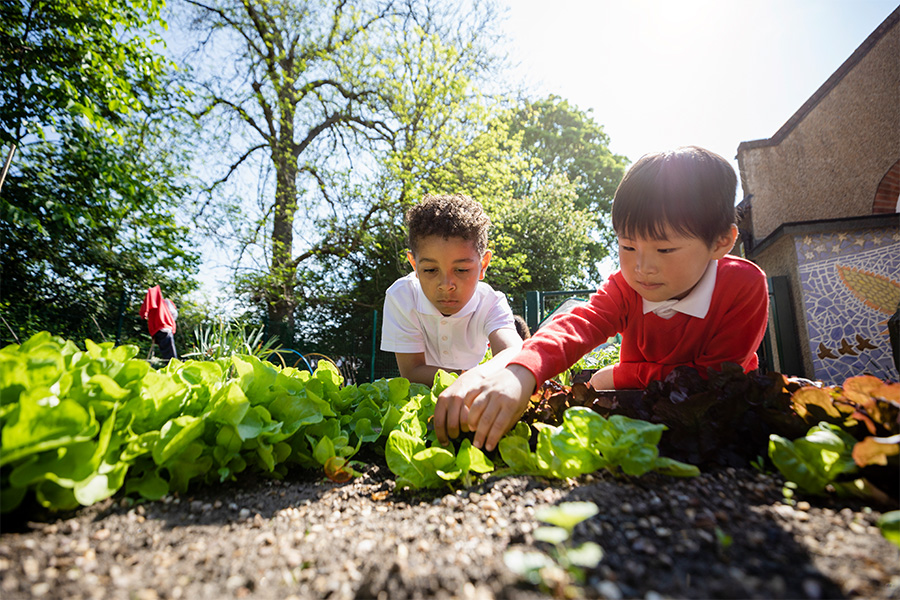
C 963-SP
Calendario para Siembra de Vegetales
Esta es la versión en español del Cuadro de plantación de hortalizas de la Circular 963, Horticultura en Georgia. Traducido por Rolando Orellana. [This is the Spanish-language version of the Vegetable Planting Chart from Circular 963, Vegetable Gardening in Georgia.]
Bob Westerfield and Rolando Orellana
|
-

El tomate es una de las hortalizas más populares que se cultivan en el huerto familiar. Si bien las plantas de tomate pueden producir una gran cantidad de frutas saludables y deliciosas, su cultivo puede resultar frustrante. Además de las enfermedades e insectos más comunes que atacan a los tomates en el huerto, también pueden ocurrir varios padecimientos asociados con las labores culturales. Es importante el reconocer esas afecciones fisiológicas rápidamente para poder prevenirlas y así obtener frutos sanos. Title in English: Troubleshooting Cultural Problems in Tomatoes.
This publication is intended for general use audiences, including homeowners, civic groups, and master gardeners. It covers the basic troubleshooting procedures for solving common problems while growing tomatoes. It includes a description of both cultural and physiological problems and solutions.Bob Westerfield and Alejandra Maria Jimenez Madrid
|